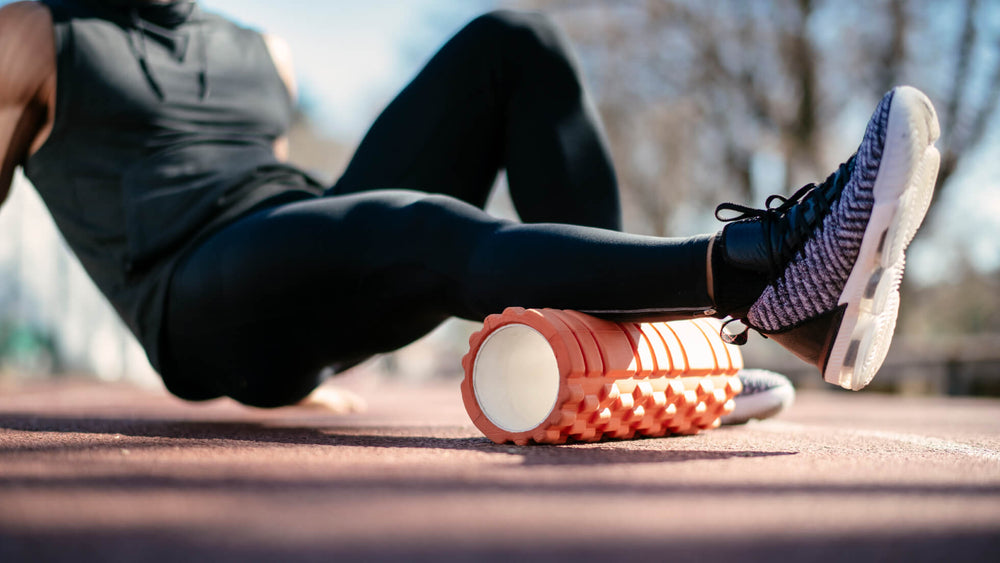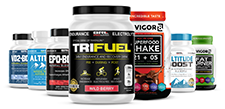Silverheels 60k Race Report: High Altitude, Hard Lessons, and the Power of EPO Boost
On a cool July morning in Fairplay, Colorado, I stood at the start line for the Silverheels 60k—an infamous high-altitude race that neither boasts a straightforward course nor shows any mercy to flatlanders. At just over 39 miles and with roughly 6,444 feet of elevation gain, this race weaves through high alpine trails, sub-alpine meadows, ghost towns, abandoned mines, and Mount Silverheels—with an average elevation near 10,000 feet. As I tapered for the race, my body felt great, but with this being my first mountain race, I was more than a little nervous and had no real expectations in terms of my finishing time or performance. So many unknowns!
Altitude Training and Pre-Race Prep
To prepare, I’d spent three weeks living and running in Allenspark at around 8,000 feet elevation, thinking this would offer more than enough adaptation for the even higher elevations I'd face on race day. Supplementing my training, I introduced BRL Sports EPO Boost—a product known for supporting natural oxygen delivery, aerobic capacity, and stamina. As someone with asthma, I was both hopeful and curious to see what difference it might make at high altitude. In the week leading up to the race I was able to do quick sprints uphill without getting totally winded which seemed like a sign that my aerobic ability was trending in the right direction.
The Early Miles: Finding My Rhythm
The first stretch of the race was absolutely stunning — as the sun crested the mountains above us, about 30 runners started trekking out of town and into an alpine forest. Temperatures were pleasantly cool for this Midwesterner and I was able to alternate between running the flats/downhills and power hiking the uphills. My heart rate was about 10 BPM higher than it normally is for the pace I was running at, but I felt generally good until around mile 20 when I started the longest climb of the course under the heat of the day. That climb brought the realities of racing at elevation crashing home. Despite my efforts in Allenspark, running anything more than a marathon at 10,000 feet is a different animal. My lungs struggled, with each step making my limited oxygen intake achingly apparent. Even with months of base training and a supplement like EPO Boost in my routine, there’s just no cheating that thin mountain air—particularly if you have underlying asthma.
Learning Things the Hard Way
Normally, my stomach is bulletproof during ultras, but the altitude threw me a curveball: queasy nausea crept up around mile 25. Experience told me to adjust quickly, so I shifted my focus to drinking my calories for the remainder of the race. This strategy helped me make solid progress through the day, though I certainly could have used more calories. Another surprise came from my feet; by mile 20, my size 7.5 shoes—faithful through months of training—were now too small thanks to swelling. Some rapid-fire taping at two aid stations got me back on course, but the blisters were a reminder that when racing at altitude, even small details become big problems. Meanwhile, the long, hard downhills didn’t offer any break either. I found myself dealing with side aches over and over again—another new challenge, probably the result of altered breathing mechanics and altitude stress.
Legs of Steel, Lungs of Pain
Through all these obstacles, there was one major positive surprise: my legs felt outstanding. My quads and calves stayed strong all day—no cramping, plenty of power even on the steeper uphills and pounding descents. Late in the race, I noticed some tightness in my hips, but otherwise, my muscular endurance never wavered. I credit this to my consistent use of EPO Boost in training; while it couldn’t rewire my asthmatic lungs, my legs felt fresher, stronger, and more resilient than in any ultra I’ve done before.
My Recovery
At the finish, which took me just under 11 hours, I was exhausted and satisfied—but surprised by how little muscle fatigue I had. In the aftermath of the race, I recovered far faster than expected. In previous 50ks, I’d need about a week off. This race was way more challenging with the overall altitude and the amount of climbing, yet three days later, back home in Minnesota, I was running again and absolutely marveling at how much easier it felt to breathe at low altitude. Aside from the blisters and a bit of lingering tightness, my legs felt fresh as ever and I was able to run while nose breathing!
Would I do Silverheels again? I’m not sure, but I do know I’d be sizing up my shoes, dialing in my high-altitude nutrition, and leaning on my EPO Boost again as a key tool for muscle strength and faster recovery. Despite the challenges, this race was an incredible journey and proof that—while you can’t always outsmart altitude, you can prepare your body to rise to the challenge and finish the damn thing.
Take the next step in your training regimen: Try any BRL Sports supplement risk-free! If our natural nutritional products aren’t the best you’ve ever used, simply return your purchase for a 100% refund — no questions asked!
Also in Inspiration & Perspiration

High Altitude Supplements: Complete Guide to Training & Prevention (Altitude Sickness Solutions)
Support endurance and reduce altitude stress with supplements that improve oxygen efficiency, stamina, and recovery in high-altitude conditions.

Best Supplements For Runners: Complete Guide By Training Phase (Base, Peak, Taper & Race Day)
Discover the best supplements for runners by training phase—base, peak, taper, and race day—to boost endurance, recovery, and performance.

Creatine for Endurance vs. Sprint Efforts
Creatine isn’t just for power—learn how it boosts sprint speed, recovery, and endurance performance.


